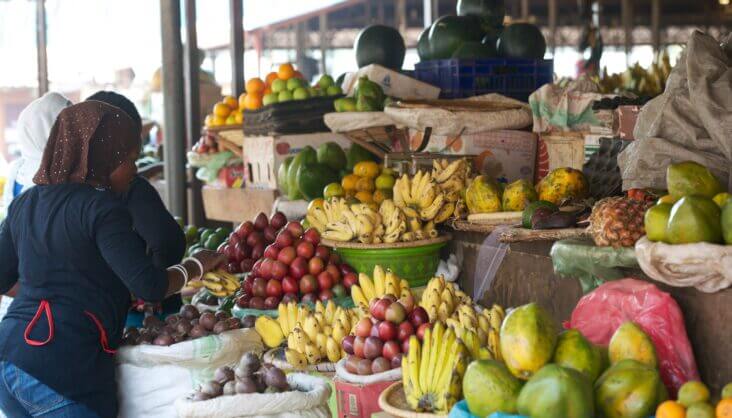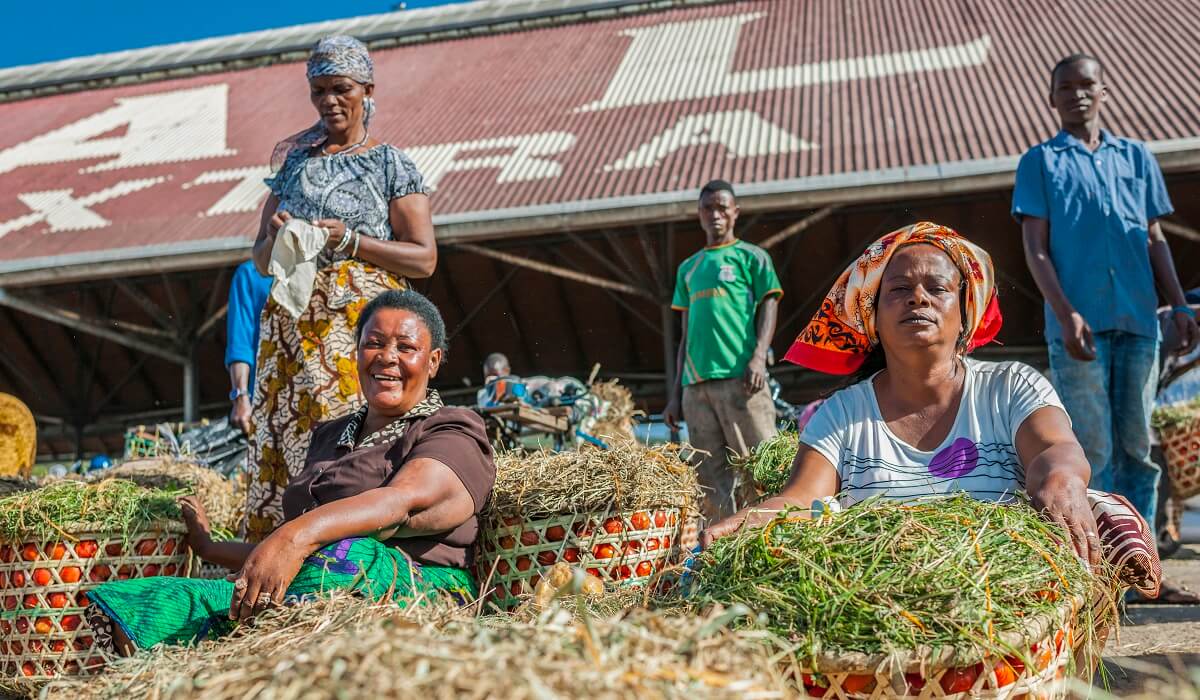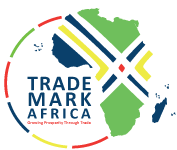This paper uses Kenyan trade data published up through May 2020 to provide a preliminary evaluation of the impact of the COVID-19 crisis on regional trade in the East African Community (EAC). Paradoxically, given the prevailing pessimism surrounding the prospects for global trade, Kenya actually experienced a significant improvement in exports in the first quarter of the year, together with a moderation of imports, leading to a marked decline in the trade deficit. While the initial shock to Kenyan trade caused by the COVID-19 crisis initially looked dramatic in terms of the declines registered, this paper reveals that i) the shock is not so alarming when seasonality is taken into account; ii) re-exports and imports have been the primary foci of impact; and iii) domestic exports have actually performed extraordinarily well under the circumstances, with incremental growth since 2019. Notably, not all supply chains were disrupted by the crisis, with some Kenyan exports like tea and fruit surpassing levels of years past. Rather, imports have been the principle victim of the crisis, declining by a quarter over the three months since the crisis began (between March and May 2020). Capital goods imports have declined markedly—a trend which, if sustained, could have implications for long-term economic growth. However, the fall in imports of consumer goods could also set the scene for a revitalization of national and regional industry, as local producers step up to fill the void created by the sharp lull in imports. At the same time, Kenya’s EAC neighbors—especially...
The Impact of the COVID-19 Crisis on Trade: Recent Evidence from East Africa
Posted on: July 13, 2020
Posted on: July 13, 2020


















